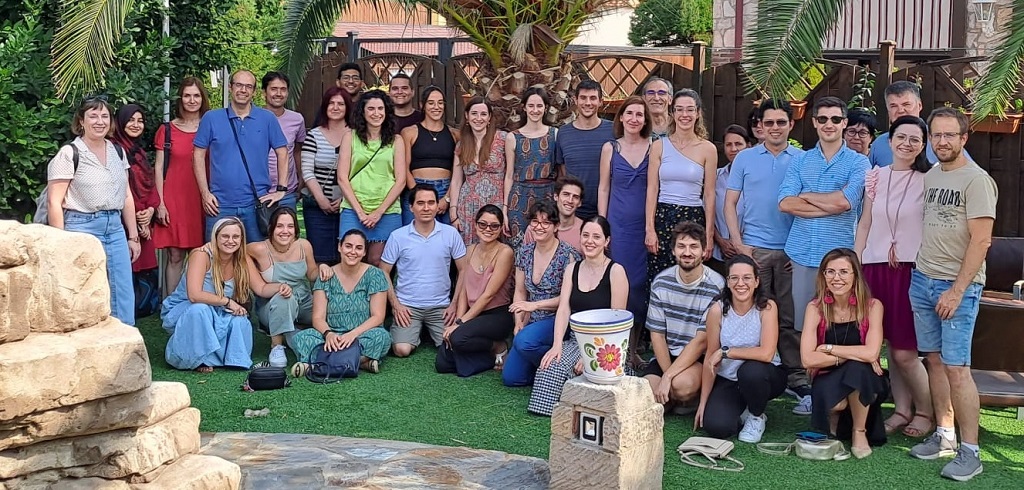División
Responsable

El grupo Biomedical Signal Interpretation and Computational Simulation (BSICoS) centra su actividad en el procesamiento, interpretación y simulación computacional de señales biomédicas.
El principal objetivo del grupo es el desarrollo de métodos de procesamiento de señales biomédicas, impulsados por la fisiología, para la interpretación personalizada (diagnóstico, pronóstico y terapia) de las condiciones de los sistemas nervioso cardiovascular, respiratorio y autónomo y sus interacciones.
El objetivo es mejorar el impacto de las TIC en la salud y comprender mejor el funcionamiento de los sistemas biológicos que se pueden observar a través de señales no invasivas. Para ello es clave trabajar con equipos clínicos y grupos de investigación que combinen las experiencias de las dos áreas, dirijan la investigación para resolver problemas clínicos relevantes y faciliten la transferencia de resultados a la práctica clínica.
Investigadores
Permanentes
Temporales
Líneas de investigación
Proyectos
Translational Research and Training on Atrial Cardiomyopathy as a Key to Better Atrial Fibrillation Management

Implementation and validation of a closed-loop neural interface to entrain brain rhythms and reduce motor symptoms in Parkinson's Disease
 ,
, 
Methods for Stroke Monitoring and Diagnosing based on BCG
 ,
, 
multI-discipliNary, multi-Sectoral and multi-national trainIng network on Digital biomarkErs for supraventricular arrHythmia charactErizAtion and Risk assessmenT
 ,
, 
Extracting the Human Motor Null Space from Muscles - A new framework to measure human neural activity
 ,
, 
Customised DNA-based nanocarriers to boost heart healing


